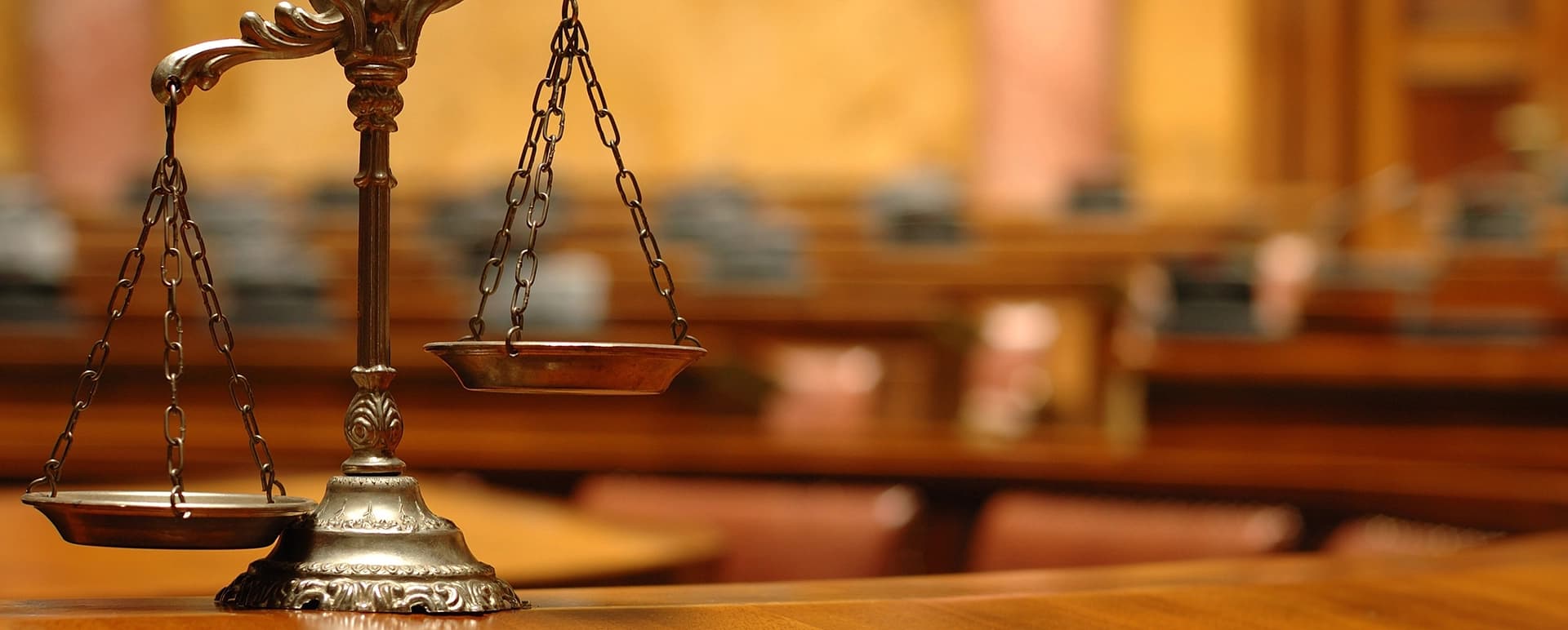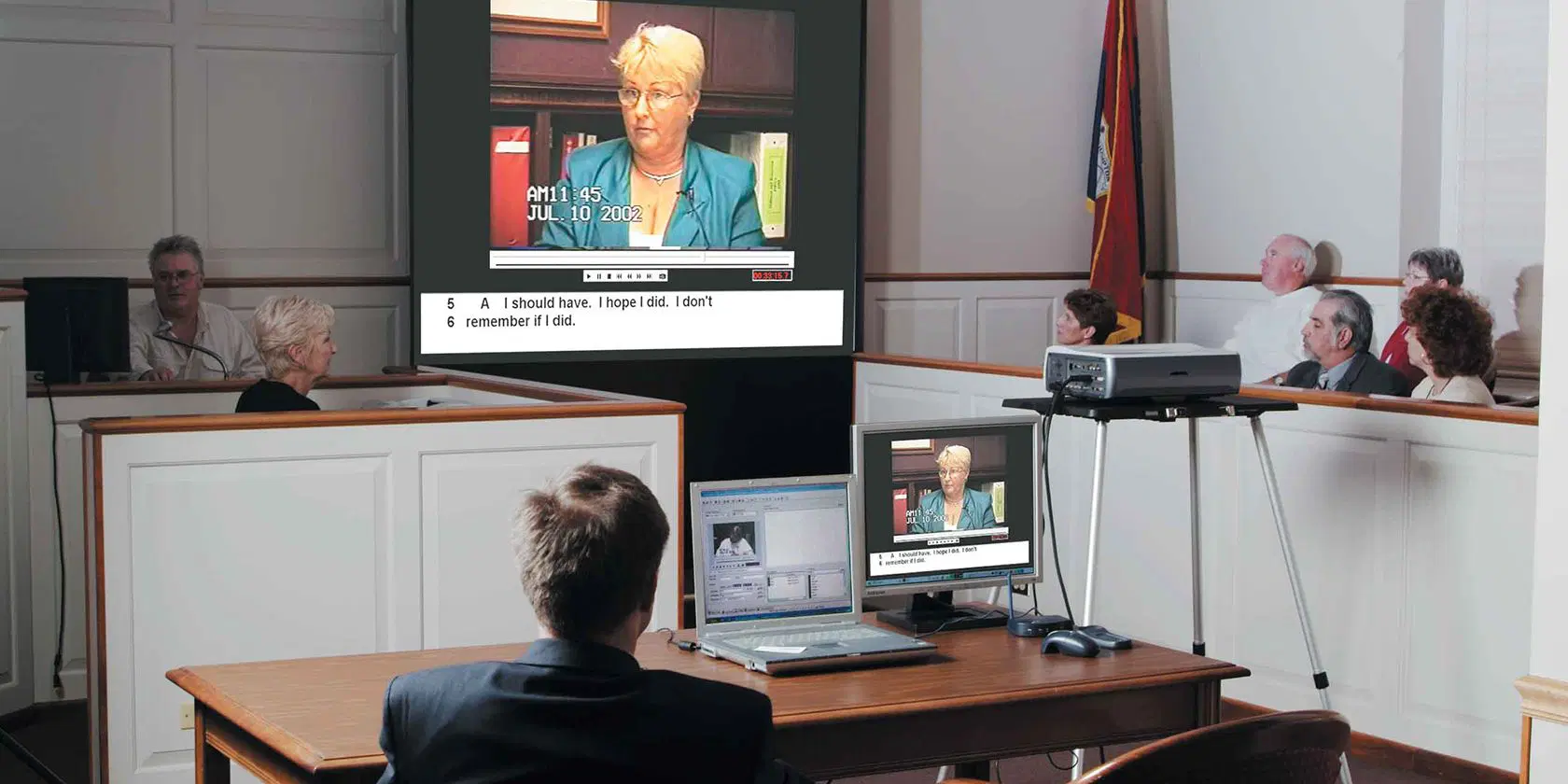Trial Presentation Expert Assistance for Persuasive Legal Arguments
Trial Presentation Expert Assistance for Persuasive Legal Arguments
Blog Article
Captivate the Court: Essential Components of a Powerful Trial Presentation
In the world of legal advocacy, the ability to astound a court is critical to the outcome of a trial (trial presentation). Essential aspects such as recognizing the target market, crafting an engaging story, and mastering verbal and non-verbal communication are crucial components of a reliable discussion. The tactical usage of aesthetic help can substantially boost comprehension and retention of essential arguments. As these elements link, they create a cohesive method that not only educates but also involves jurors on several degrees. What specific strategies can really change a conventional discussion into an unforgettable experience for the court?

Recognizing Your Target Market
Understanding your audience is a pivotal element of efficient trial presentation. A successful discussion pivots on the ability to understand the demographics, worths, and proneness of jurors. This understanding educates how disagreements are framed, evidence is provided, and sob stories are crafted, ensuring that the message reverberates with the jurors on a personal degree.
Study indicates that jurors originated from varied backgrounds and may have differing levels of understanding pertaining to lawful proceedings (trial presentation). Thus, it is important to avoid legal lingo that could alienate or confuse them. Instead, using clear, relatable language promotes involvement and comprehension. Additionally, comprehending the jurors' possible prejudices and life experiences permits the trial presenter to anticipate objections and address problems proactively.
Efficient test presentation also includes observing jurors' responses throughout the procedures. Involving with jurors as individuals instead than a collective system is important in cultivating a solid link in the court room.

Crafting a Compelling Story
Crafting a compelling narrative is important in guiding jurors through the complexities of an instance. A well-structured narrative not only streamlines detailed lawful ideas however additionally engages jurors on an emotional degree, making the info more relatable and remarkable.
This message ought to reverberate with the jurors' values and experiences, promoting a link that transcends plain facts. This chronological method can aid jurors adhere to the development of occasions, stressing cause and effect.
Incorporating human components-- such as individual stories or anecdotes-- can further boost the narrative's impact. These aspects evoke empathy, allowing jurors to envision the effects of the situation on the real worlds. Furthermore, employing a consistent motif throughout the presentation reinforces the main disagreement, making it less complicated for jurors to retain crucial points.
Ultimately, a compelling narrative changes a trial presentation from a simple recitation of facts into a convincing story that mesmerizes the court, urging them to ponder with both factor and feeling.
Using Aesthetic Help
Incorporating visual help into a trial discussion can significantly improve jurors' comprehension and retention of details. Aesthetic products such as graphes, diagrams, pictures, and video clips can transform intricate lawful ideas and evidence right into easily absorbable styles. By involving numerous detects, these help allow jurors to imagine the case's key elements, making it simpler for them to follow along and grasp elaborate details.
In addition, well-designed visual help can emphasize crucial points and emphasize connections between different pieces of proof. For example, timelines can efficiently show the series of events, while annotated Our site photos can make clear certain information relevant to the situation. This not only aids in understanding but also strengthens the story presented by the attorney.
Extremely complicated or messy visuals might bewilder jurors and take away from the message. Eventually, effective aesthetic communication can be a powerful device in convincing jurors and aiding them reach informed final thoughts.
Mastering Verbal Interaction
Reliable spoken communication is critical in a trial presentation, as it works as the key ways whereby attorneys convey their disagreements and link with jurors. Grasping this skill involves clarity, persuasion, and involvement. Attorneys need to express their points plainly and concisely, avoiding legal jargon that might puzzle jurors. Simpleness in language fosters understanding and assists jurors understand complicated problems presented throughout the trial.
Furthermore, tone and pacing dramatically influence how messages are received. A certain tone conveys authority, while ideal pacing enables jurors to soak up details without really feeling overwhelmed. Attorneys must additionally other vary their singing inflections to stress bottom lines and preserve jurors' passion throughout the discussion.
Furthermore, the company of verbal arguments is crucial. Structuring the narrative logically and coherently helps jurors comply with the attorney's logic, making it easier for them to keep essential details. Using convincing methods, such as storytelling, can also enhance the psychological vibration of the debates presented, consequently producing a much more extensive connection with jurors.
Eventually, grasping verbal communication not just reinforces an attorney's instance yet also cultivates count on and relationship with the court, substantially boosting the opportunities of a favorable judgment.

Engaging With Body Language
Nonverbal interaction plays an important duty in trial discussions, frequently sharing messages that words alone can not express. Body movement, incorporating gestures, position, faces, and eye call, considerably affects exactly how jurors regard the trustworthiness and sincerity of the speaker. A certain position, with shoulders back and an open position, can infuse depend on, while closed-off body language may suggest defensiveness or unpredictability.

Faces ought to mirror the feelings associated with the situation, enhancing the narrative being offered. As an example, a genuine expression throughout a poignant moment can elicit compassion and enhance the sob story. Ultimately, mastering body language is essential for effective trial discussions, as it boosts spoken communication and develops an engaging presence that reverberates with the court.
Verdict
Finally, captivating the jury necessitates a strategic approach that includes understanding the target market, crafting an engaging narrative, utilizing aesthetic help, grasping spoken interaction, and involving with body movement. Each aspect plays a crucial role in creating an effective trial presentation that resonates with jurors on both emotional and intellectual degrees (trial presentation). By integrating these elements successfully, legal specialists can significantly improve their ability to convince and influence court decision-making
Report this page